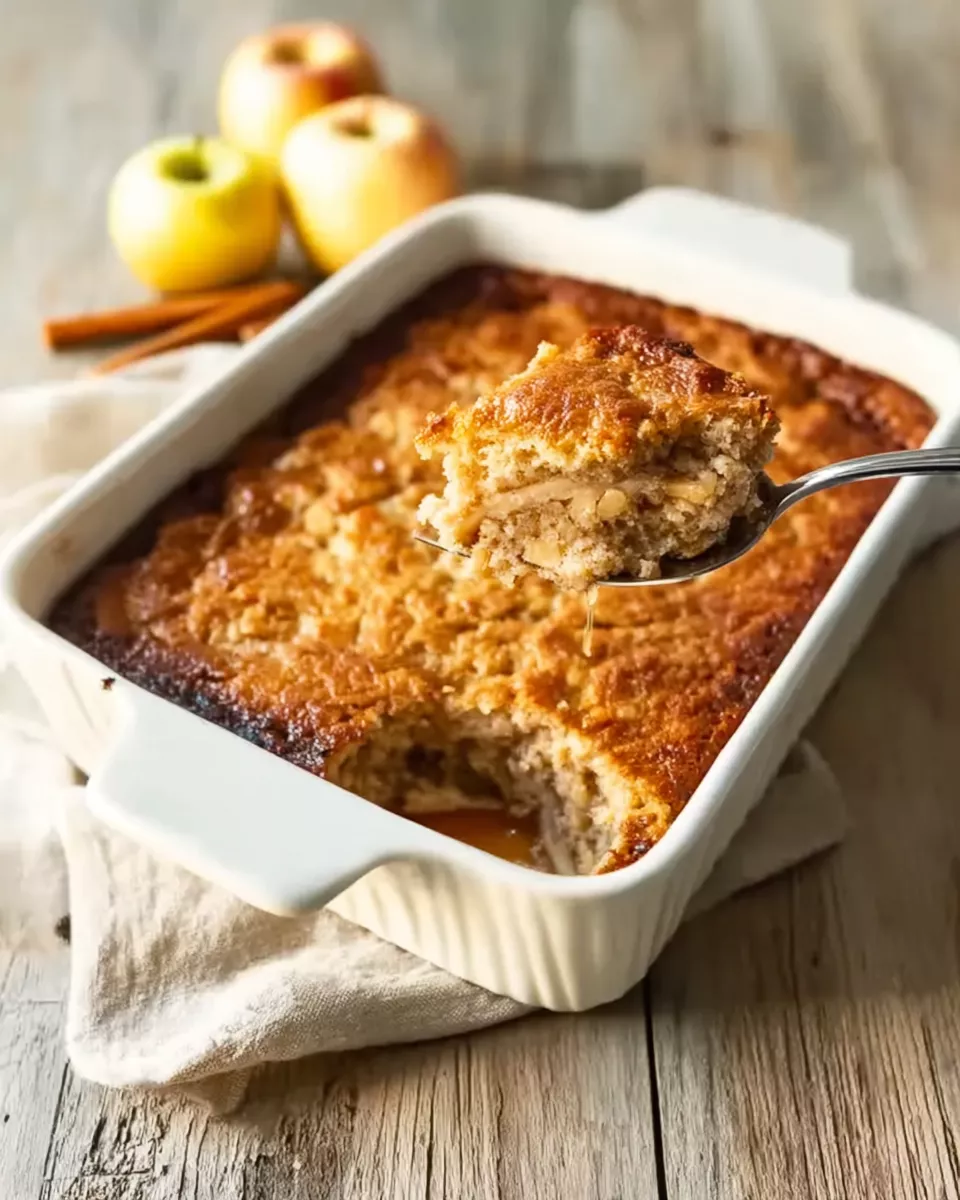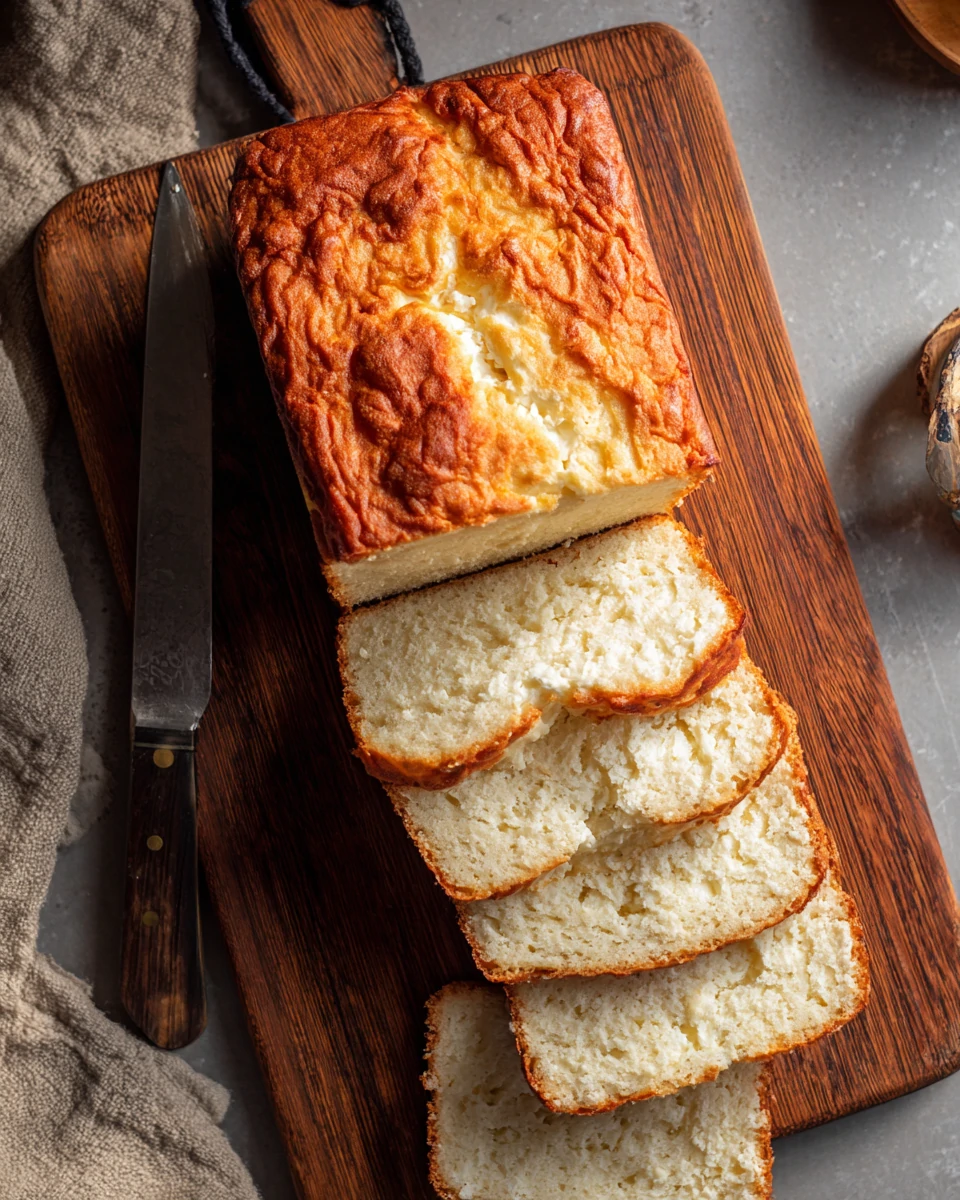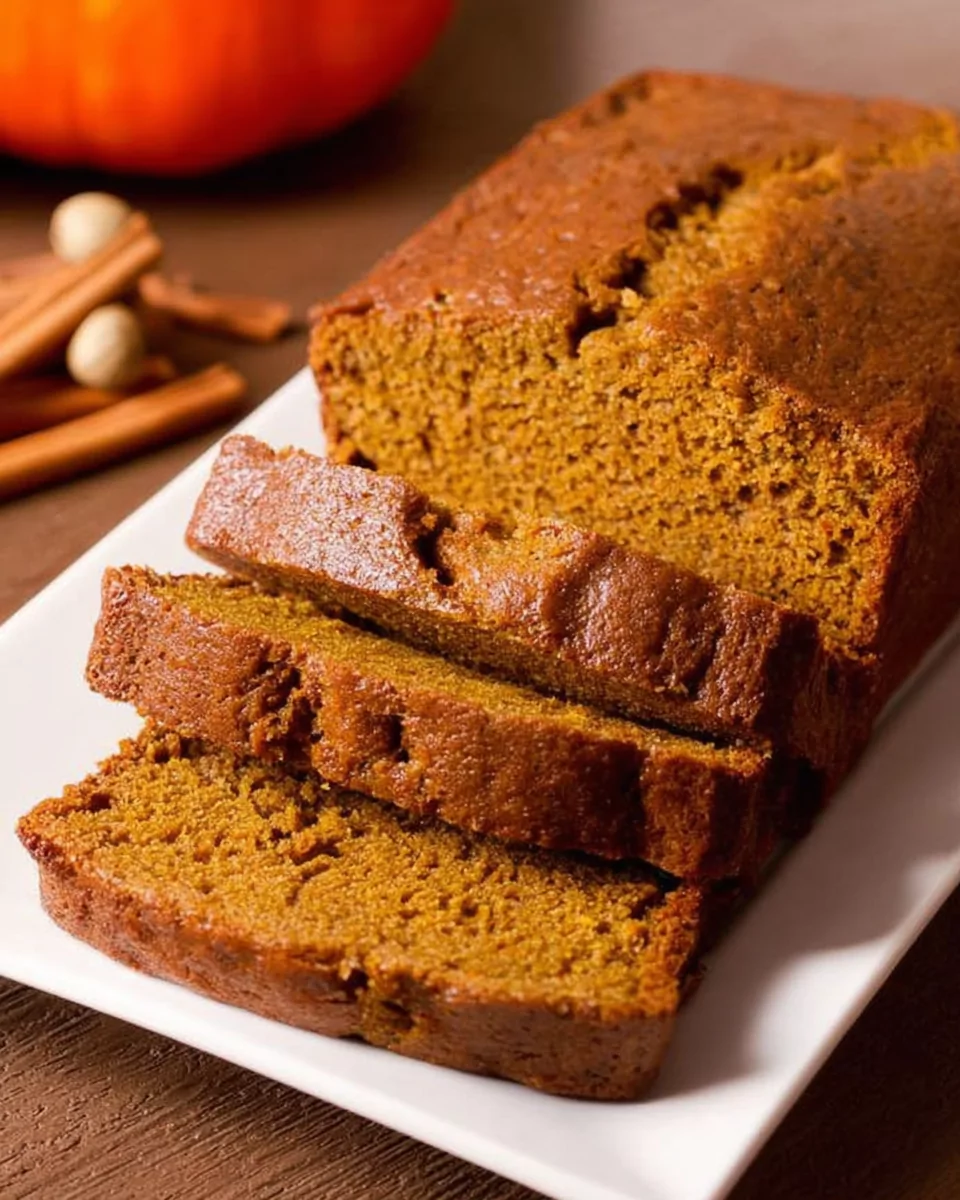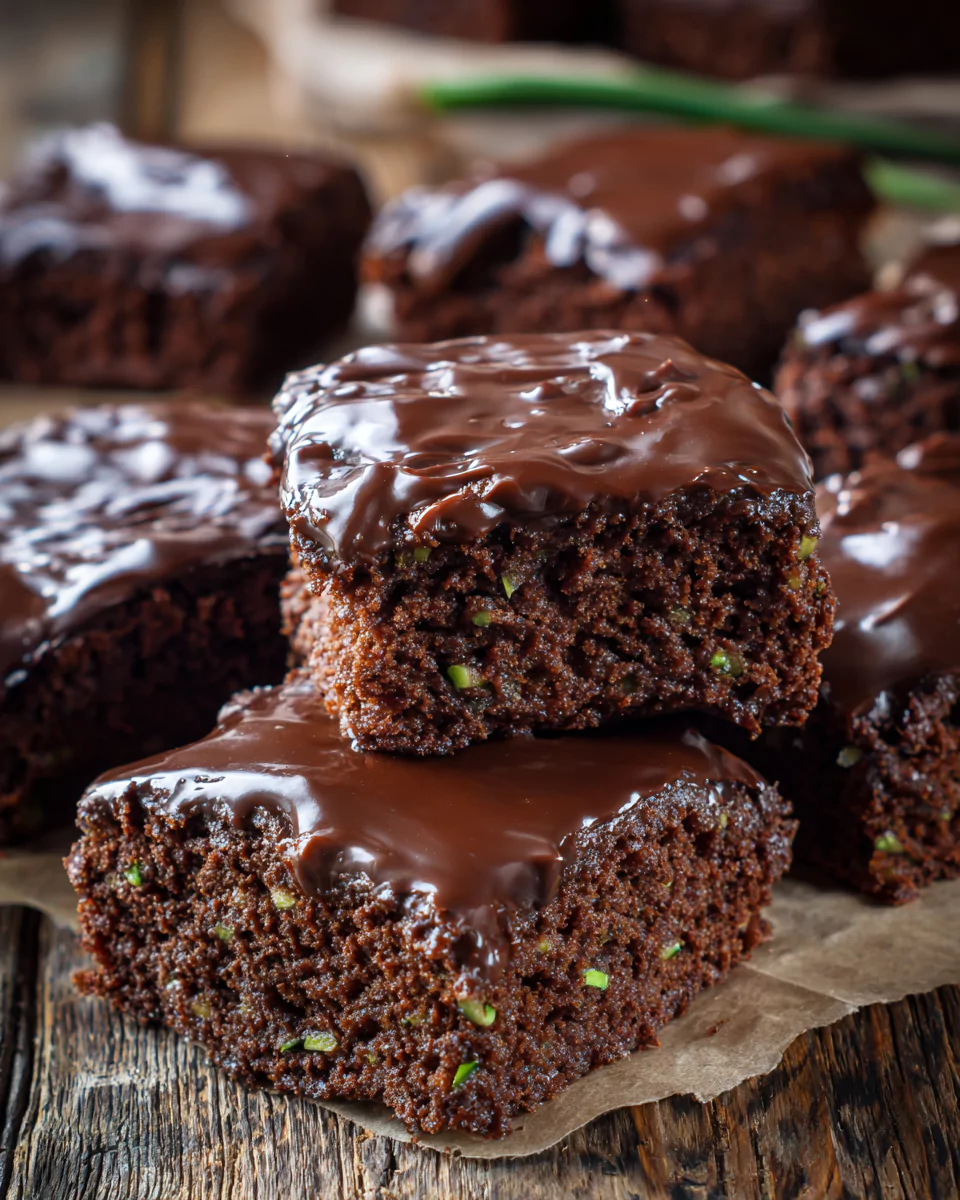Introduction to the Jam Debate: With or Without Pectin?
When it comes to homemade strawberry jam, the debate over using pectin versus going pectin-free is not just a matter of taste but also texture, cooking process, and health considerations. This article dives deep into whether it’s better to make strawberry jam with or without pectin, exploring all angles from culinary techniques to the nutritional profile of the end product. Join us as we unfold the layers of this sweet conundrum, ensuring your next jam-making session is well-informed!
Exploring Strawberry Jam: With or Without Pectin?
What is Pectin?
Pectin is a natural substance predominantly found in berries and other fruits. When heated together with sugar, it causes a thickening that is perfect for jam and jelly making. This gelling agent is not just a culinary staple; it’s a necessity in many kitchens for creating that ideal jam consistency.
How Pectin Affects the Texture of Jam
Pectin’s primary role in jam-making is undeniable. It helps create a gel-like consistency, transforming the cooked fruit mixture into a spreadable delight. The presence of pectin in jam aids in achieving a texture that can hold its shape, rather than just being a runny fruit sauce. Therefore, for many, pectin is synonymous with the perfect jam structure. However, it’s not just about the firmness; the clarity of the jam is also enhanced, giving it a glossy, appealing finish that beckons from the jar.
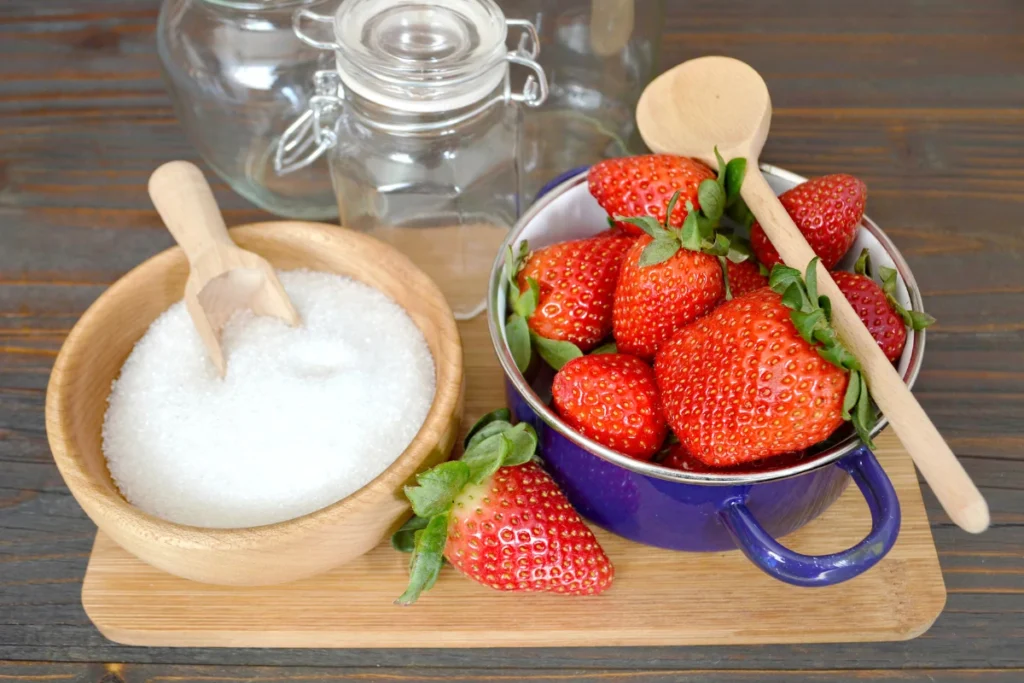
In the next section, we’ll delve into why some jam aficionados prefer to skip pectin and stick to a more natural thickening process, exploring how it impacts the flavor and health benefits of the final product. Stay tuned as we compare the pros and cons of each method to help you decide which suits your jam preferences best!
Benefits of Making Jam With Pectin
Improved Consistency and Gel Strength
One of the main advantages of using pectin in jam making is the consistency it guarantees. Pectin not only ensures that the jam sets properly but also enhances its gel strength, making it ideal for spreading on toast or incorporating into desserts. This reliable set can be particularly important for less experienced jam makers who may struggle to achieve the right texture without it.
Shorter Cooking Time
Moreover, pectin reduces the cooking time required to reach the desired jam thickness. This is beneficial as it preserves more of the fresh flavor and color of the strawberries. The shorter cooking duration also means there’s a lower chance of the sugar caramelizing, which can alter the taste and color of the jam.
Advantages of Pectin-Free Jam
Natural Flavor and Texture
On the other hand, making jam without pectin allows the natural flavors of the strawberries to shine through. This method often involves a longer cooking time, which can intensify the fruit flavors, giving the jam a richer, more robust taste. Additionally, the texture of pectin-free jam tends to be softer and more spreadable, which some people prefer for its artisanal, homemade feel.
Healthier Options with Less Sugar
Pectin-free jams usually require less sugar since pectin itself necessitates a certain sugar level to set properly. Reducing sugar not only makes the jam healthier but also enhances the natural tartness of the fruit, which can be a delightful contrast to the sweetness. This makes pectin-free strawberry jam an excellent choice for those looking to reduce their sugar intake without sacrificing flavor.
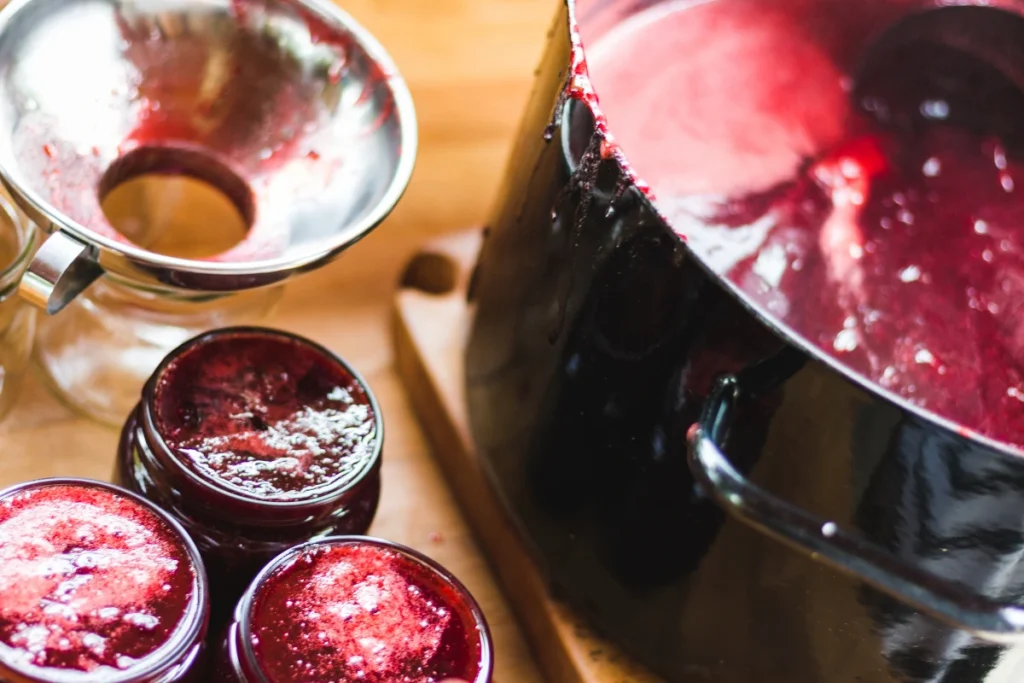
In the next part, we’ll look at how these different methods affect the overall taste and preservation qualities of strawberry jam, helping you make an informed decision about which technique best suits your palate and dietary preferences. Stay tuned as we continue to unravel the layers of making the perfect strawberry jam!
Comparison of Taste and Preservation
Taste Profiles With and Without Pectin
The decision to use pectin in strawberry jam can significantly affect its taste profile. Pectin-added jams often have a brighter, more pronounced fruity flavor, as pectin helps to lock in the fruit’s natural sugars and flavors during the shorter cooking process. On the flip side, jams made without pectin might develop a more complex, caramelized flavor due to the longer cooking times, which allows the natural sugars to deepen in taste.
Shelf Life and Storage Differences
Pectin also impacts the shelf life and storage of strawberry jam. Jams with pectin generally have a longer shelf life because pectin acts as a preservative by setting the jam and reducing its moisture content, which discourages microbial growth. Conversely, pectin-free jams may have a shorter shelf life and require more careful storage conditions, such as refrigeration, to maintain their quality and freshness.
In the following sections, we’ll provide practical guides on how to make both pectin and pectin-free strawberry jam, complete with step-by-step instructions and tips to ensure success in your jam-making endeavors. Whether you’re a seasoned cook or a curious beginner, these guides will help you master the art of jam making. Stay tuned for detailed insights that will elevate your culinary skills!
How to Make Strawberry Jam With Pectin
Creating strawberry jam with pectin is a straightforward process that yields delicious results. Here’s how you can do it:
- Prepare Your Ingredients: You will need fresh strawberries, sugar, and commercial pectin. Make sure your strawberries are ripe and flavorful for the best taste.
- Crush the Strawberries: Use a potato masher or a food processor to crush the strawberries to your desired consistency. Some like their jam chunky, while others prefer it smooth.
- Mix and Heat: Add the crushed strawberries and sugar to a large pot. Heat them on medium until the sugar dissolves. Stir in the pectin until it’s fully integrated.
- Boil: Bring the mixture to a full rolling boil that can’t be stirred down. Boil it for exactly 1 minute to activate the pectin. This step is crucial for achieving the gel-like consistency.
- Jar and Seal: Pour the hot jam into sterilized jars, leaving about a quarter-inch of space at the top. Wipe the rims clean, then seal with lids and process in a boiling water bath for 10 minutes to preserve.
How to Make Strawberry Jam Without Pectin
For those who prefer a more natural approach, making jam without pectin allows the true flavor of the strawberries to stand out. Here’s your guide:
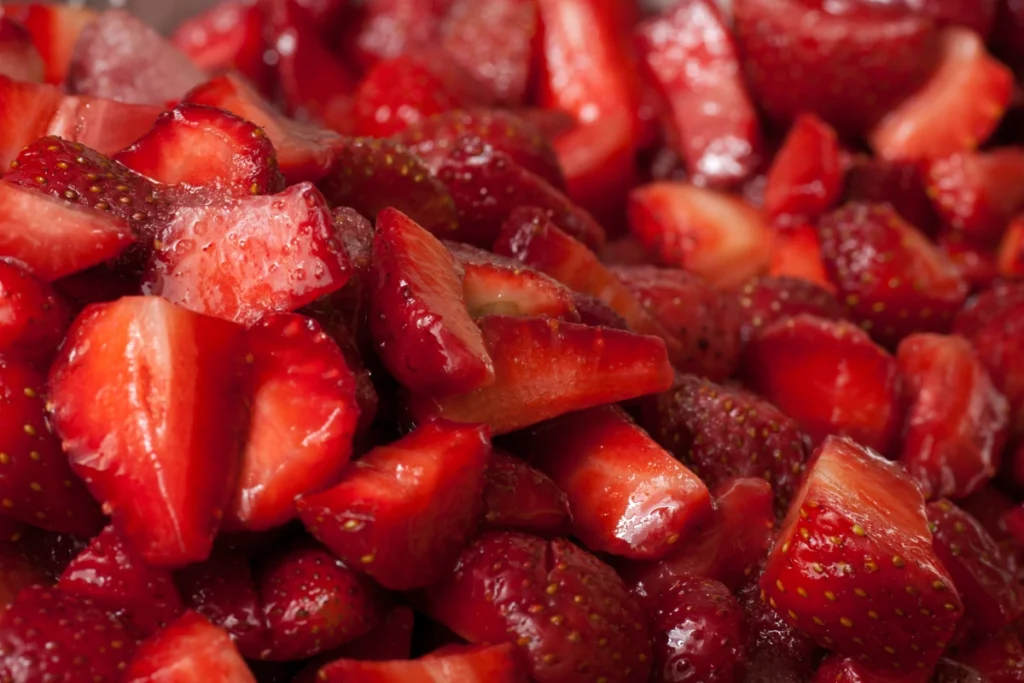
- Prepare the Fruit: Like with pectin jam, start with fresh, ripe strawberries. Clean and crush them to your liking.
- Cook Down the Fruit: Add the crushed strawberries and sugar to a pot. The sugar amount can be adjusted based on your taste preference and the natural sweetness of the fruit.
- Simmer: Let the mixture simmer over low heat. It will take longer than pectin jams—often over 30 minutes—but watch as the natural pectins in the fruit slowly thicken the mixture.
- Test the Jam: To test if the jam is set, place a small amount on a cold plate. If the jam wrinkles whenever you touch it with your finger, it’s ready.
- Jar and Seal: Spoon the jam into sterilized jars, leaving space at the top. Seal with lids and process in a water bath if desired, although this step can be skipped if the jam will be consumed quickly and stored in the refrigerator.
FAQs About Strawberry Jam
Is pectin necessary for jam?
No, pectin is not strictly necessary for making jam. Many fruits, including strawberries, contain natural pectins that will help thicken the jam as it cooks. However, adding commercial pectin can simplify the process by significantly reducing cooking time and ensuring a consistent set. This is particularly helpful for beginners or those looking to produce large batches of jam efficiently.
Can you make jam without sugar and pectin?
Yes, it is possible to make jam without added sugar or commercial pectin, though the results will differ from traditional recipes. For a sugar-free approach, you can rely on the natural sugars present in the fruit or use alternative sweeteners like honey, agave, or stevia. Keep in mind that sugar plays a role in preservation and texture, so sugar-free jams may have a softer set and shorter shelf life. They should be consumed relatively quickly and kept refrigerated.
What are the best strawberries for making jam?
The best strawberries for jam are those that are ripe and full of flavor. Look for berries that are deep red, without white tops or a greenish hue, as these are signs of under-ripeness. Overripe berries, while very sweet, may lack the necessary acidity to balance the flavor of the jam and could result in a mushy texture. Farmers’ markets or your own garden are great sources for picking the freshest and most flavorful strawberries.
How long does homemade strawberry jam last?
Homemade strawberry jam with pectin can last up to two years if processed and sealed in sterilized jars and stored in a cool, dark place. Whenever you open it, put it to refrigerator so it can be used for a month. Jam without pectin, especially those made with less sugar, should be consumed within a few weeks and always kept refrigerated to maintain quality and prevent spoilage.
Does the type of sugar matter in jam making?
The type of sugar used can affect the flavor and texture of your jam. Granulated white sugar is most commonly used because it dissolves easily and does not impart any color or additional flavors. Organic sugars or cane sugar can be used for a richer flavor, but they may slightly darken the color of the jam. Using brown sugar will give the jam a more caramel-like flavor, which might be desirable depending on your taste preferences.
Can I use frozen strawberries for making jam?
Absolutely! Frozen strawberries are a great option for making jam, especially outside of their peak season. Freezing can actually help break down the berries, releasing more juice and natural pectins. There is no need to thaw the berries before use; you can start cooking them straight from the freezer, just be mindful that the initial cooking time may need to be extended slightly to account for the extra moisture.
Whether you choose to make jam with or without pectin, both methods offer unique advantages and delicious outcomes. Experiment with both to discover your preferred style and savor the rich, fruity flavors of homemade strawberry jam.

